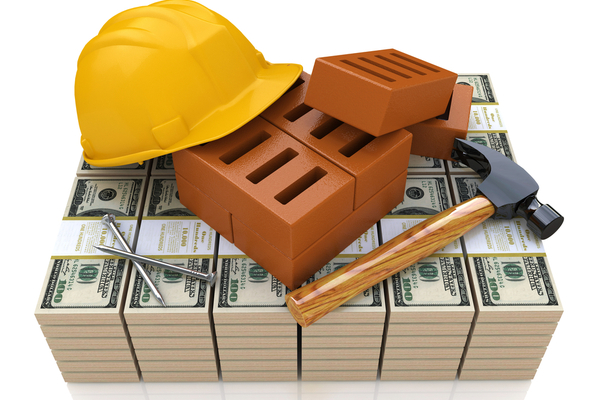According to the experts at Forbes, a home improvement loan is typically an unsecured personal loan that you can use to finance home improvements, remodeling, repairs or upgrades. Borrowers will receive the funds as a lump-sum amount and repay the balance over the course of one to seven years, depending on their specific terms. Homeowners with equity in their homes can also finance home improvement projects through home equity loans and home equity lines of credit (HELOCs).
How does a Home Improvement Loan Work?
When you get a personal home improvement loan, you’ll receive a lump-sum payment from your lender. Repayment starts as soon as the funds are disbursed, and you’ll make fixed monthly payments. You’ll pay interest on the full loan amount, which varies depending on your lender and creditworthiness. Some lenders also charge origination fees that typically range from 1% to 8% of the loan amount, although some loans are fee-free.
You can use your funds to finance your improvement expenses, such as redoing your kitchen or upgrading the electrical in your house. Unlike a credit card, which has a limit you can reuse as you repay your balance, you cannot reuse your loan funds. Once you use your funds, and if you need additional financing, you would need to apply for a second home improvement loan. Be cautious opening a second loan, though, because another hard inquiry can damage your credit.
How do you get a Home Improvement Loan?
While the process varies by lender, Forbes advises that you follow these general steps to apply for a personal loan:
- Check your credit score. You can check your credit score for free through your credit card issuer or another website that offers free scores. This will give you an understanding of your qualification chances. Aim for a score of at least 670; however, a score of at least 720 will yield the most favorable terms.
- If necessary, take steps to improve your credit score. If your score falls below 610 or you want to boost it to receive more favorable terms, improve your score before you apply, such as by lowering your credit usage or paying off unpaid debts.
- Determine your home improvement budget. Calculate how much your home improvement project will cost to determine how much money you need to borrow. You’ll receive your money as a lump sum and pay interest on the entire amount—so only borrow what you need. The cost of renovating or improving a house typically depends on where you live and the room you are working on. For example, kitchen and bathrooms typically cost the most while bedrooms, living rooms and basements are the more affordable of the bunch. HomeAdvisor is a good resource for calculating the cost of your planned project.
- Shop around for the best terms and interest rates. Many lenders will let you prequalify prior to submitting your application, which lets you see the terms you would receive with just a soft credit inquiry. This lets you find the best terms without damaging your credit score.
- Submit a formal application and await a lending decision. After you find a lender that offers you the best terms for your situation, submit your application online or in person. Depending on the lender, this process can take a few hours to a few days.
—
Photo Credit: Visual3Dfocus / Shutterstock.com
